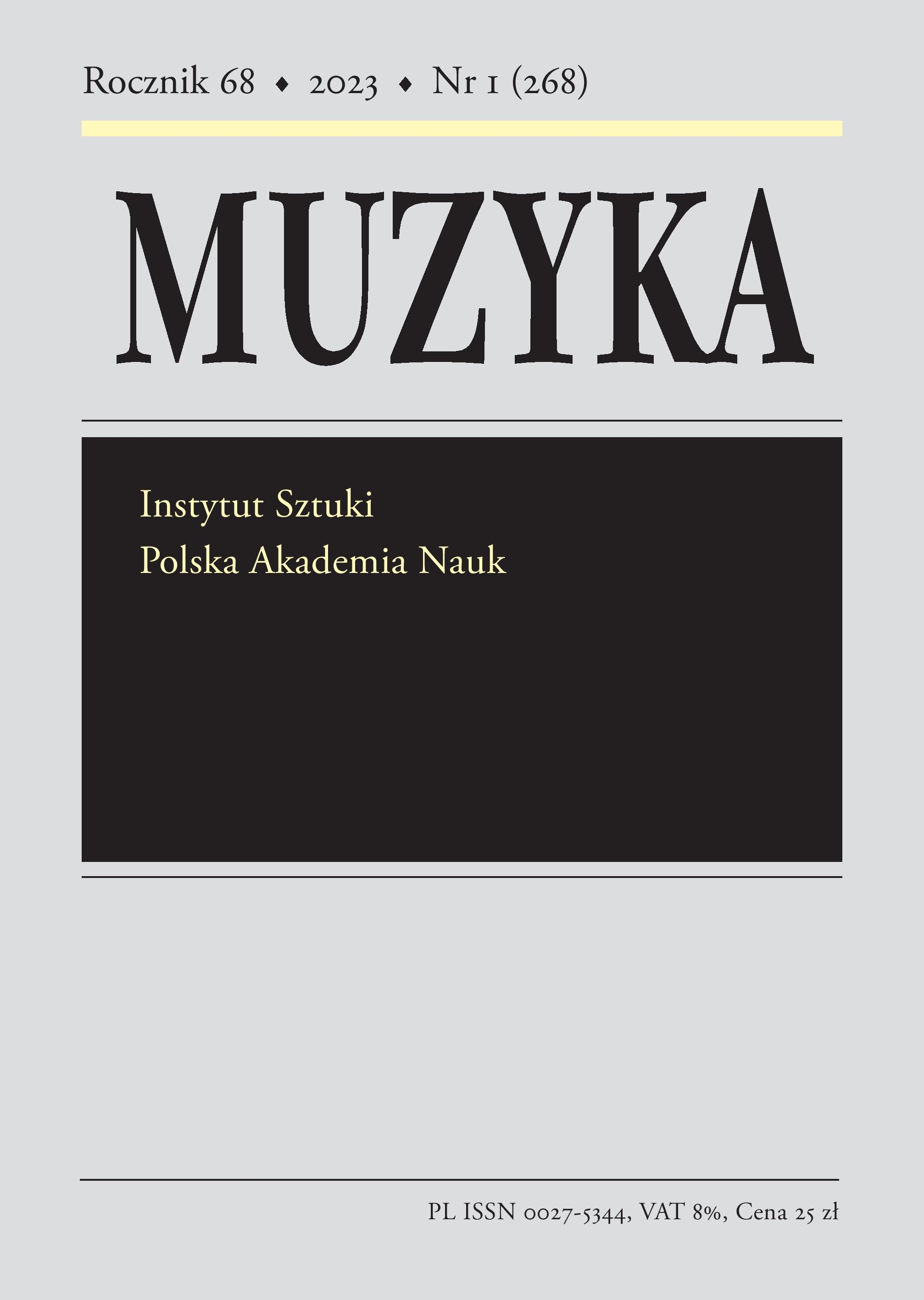Graduał Cystersów z Jemielnicy PL-WRu I F 418. Nowe ustalenia i hipotezy
The Jemielnica Cistercians’ Gradual PL-WRu I F 418. New Findings and Hypotheses
Author(s): Irina ChachulskaSubject(s): Music
Published by: Instytut Sztuki Polskiej Akademii Nauk
Keywords: Jemielnica Gradual;Cistercians;Cistercians’ notation;Himmelwitz;Leubus;Heinrichau;thirteenth-century music
Summary/Abstract: Kept at Wrocław University Library, the manuscript PL-WRu I F 418, referred to in the literature as the Jemielnica Gradual, has not previously been subjected to detailed palaeographic analysis. This omission has led to erroneous claims concerning its provenance and dating. The hitherto universally accepted claim that the codex originated in the Jemielnica (Ger. Himmelwitz) monastery or in its parent abbey of Rudy Wielkie (Ger. Groß Rauden) has been rejected as a result of detailed palaeographic analysis, which clearly points to Lubiąż (Ger. Leubus) as the place of the manuscript’s compilation. The main evidence to that effect is twofold: a) the identification of the scribe’s hand as that which also copied one of Lubiąż’s oldest antiphonaries (PL-WRu I F 403, from c.1225) and b) the presence of the handwriting of another Lubiąż-based scribe (the copyist of PL-WRu I F 411, from the second half of the thirteenth century) in later additions to the gradual. The only parts of the codex that originated in Jemielnica prove to be the leaves added in the seventeenth century containing formularies that had been lost as a result of substantial damage to the manuscript. The previously inconsistent dating has been revised on the basis of the musical notation: calligraphic features and the identification of handwriting in sources from Lubiąż clearly point to the first third of the thirteenth century as the time of the manuscript’s compilation. Study of the book’s liturgical content, meanwhile, has made it possible to establish this dating more precisely as c.1225 (the original entry on the cult of St Giles points to c.1221 as the terminus post quem). There are also reasons to suspect that both the gradual PL-WRu I F 418 and the antiphonary PL-WRu I F 403 were created for use at Lubiąż Abbey’s oldest subsidiary in Henryków (Ger. Heinrichau), as part of the latter monastery’s original endowments. It remains to be explained when and how the gradual PL-WRu I F 418 found its way to the Cistercian monastery in Jemielnica.
Journal: Muzyka
- Issue Year: 68/2023
- Issue No: 1
- Page Range: 3-19
- Page Count: 17
- Language: Polish

